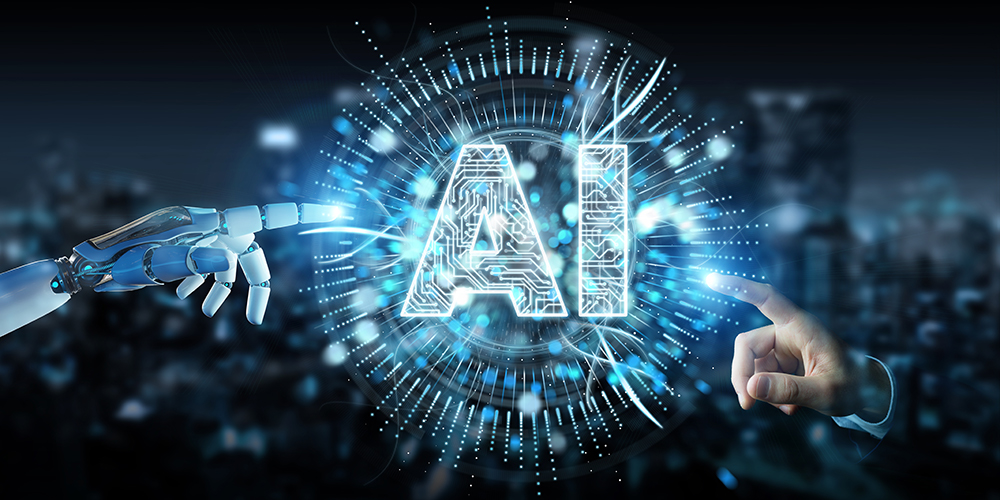Artificial Intelligence (AI) has been used in some form for several years. Typical applications of AI include advanced-analytics and machine learning algorithms used to perform numerical and optimization tasks like predictive modeling. Generative AI, in contrast, has matured quickly due to enormous financial investment. According to a recent article by McKinsey and Company, generative AI has the potential to change how people create and the very anatomy of work. Read on to learn more about the potential and challenges of this new form of artificial intelligence.
The Potential of Generative Artificial Intelligence
What Generative AI is and Why it Matters
In the article, generative artificial intelligence is defined as AI that is typically built using foundation models and having capabilities that earlier artificial intelligence lacked. Generative AI can generate content, which earlier AI couldn’t do. A foundational model is based on deep learning, akin to the neural layers in the human brain. The foundational model uses (is trained) on vast amounts of unstructured and unlabeled data to perform tasks immediately, or that data can be refined to accomplish specific tasks. Generative AI has the potential to add value and increase revenue in businesses across all sectors; when applied across industries, the use cases for generative AI could deliver a total value of $2.6 to $4.4 trillion of economic benefits per year.
Generative AI could change the anatomy of work altogether, eliminating certain mundane tasks that take up a good part of each workday. It was forecast that AI might automate 50% of tasks between 2035 and 2070; the estimate has since been adjusted to nearly a decade earlier than that. Call centers, sales, banking and other industries have the potential to use generative AI in imaginative ways to improve processes, cut costs and increase revenue.
Use Cases for Generative AI in Various industries
Generative AI, with its power to speed processes and generate content, will play a vital role in the knowledge economy–academia, banking, finance–as well as in business departments like marketing and sales.
Some examples:
- Sales and Marketing: gathering data for marketing campaigns, crafting personalized emails according to market segments and demographics; and generating sales leads. Improvement in SEO can help increase conversions and lower cost through optimization for “page titles, image tags and URLs” along with supporting specialists in creating content and distributing it to customers.
- Customer Service: Faster access to customer information; the ability to resolve customer service requests on first contact; ability to help more customers during the workday. The economic value could cover 30 to 45% of current function costs.
- Software development: writing code, creating numerous architecture designs, and processing data.
With Possibilities Come Risks
The uses of generative AI may only be limited to the imagination of the users. With this potential comes possible risks that businesses and society need to grapple with. Do generative AI models come up with accurate information, free of bias? What about explainability–is it clear how the model provides its results? There is also the risk of bad actors manipulating the tool to produce more frequent and more sophisticated attacks, even producing fake audio and video content (“deep fakes”). Other concerns have to do with the security and privacy of data, including that which identifies individuals. What challenges will actually emerge, remain to be seen.
While generative AI has tremendous capacity to transform, it disrupts at the same time. For more guidance on harnessing generative AI, contact your trusted technology advisor today.

